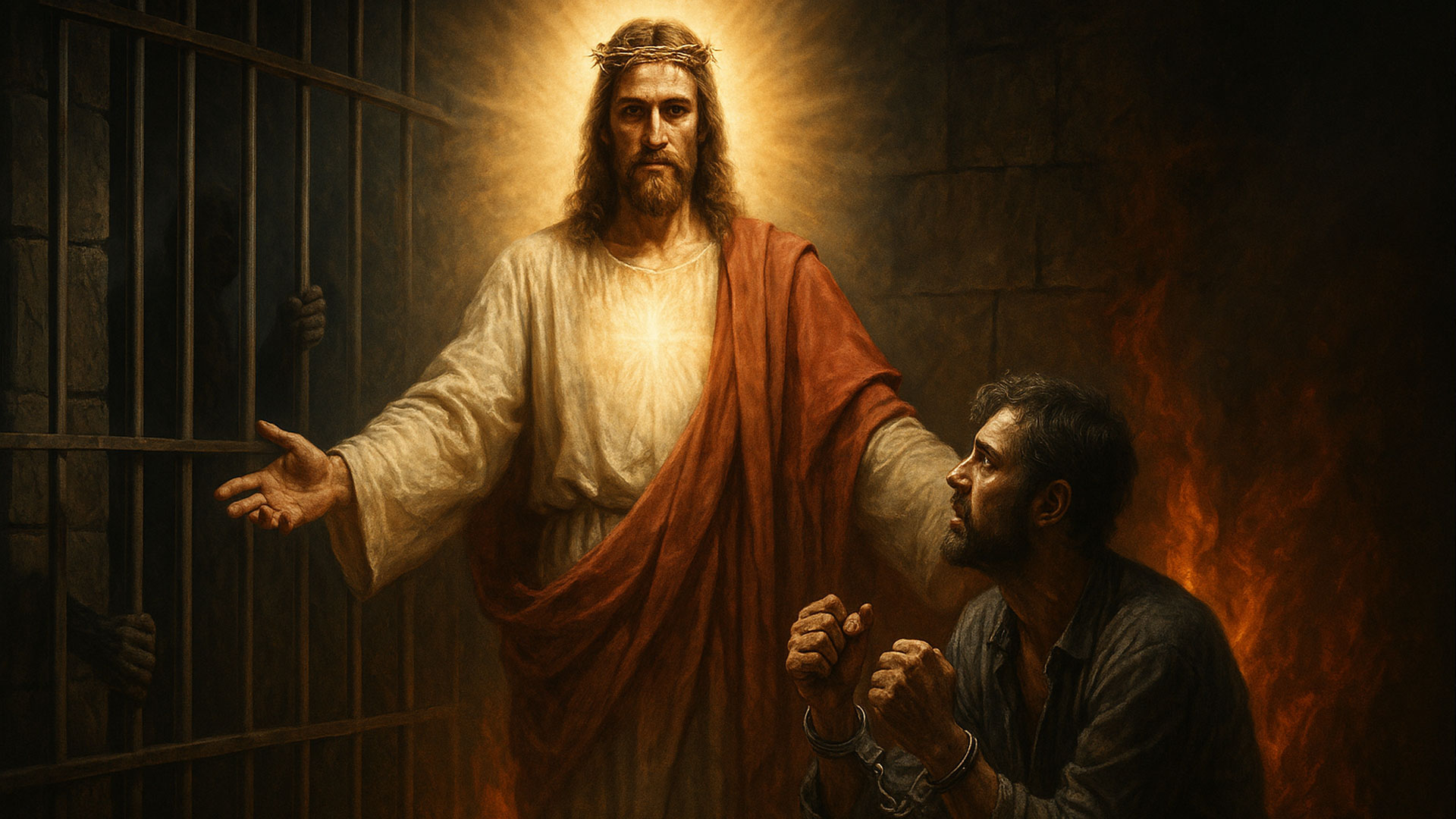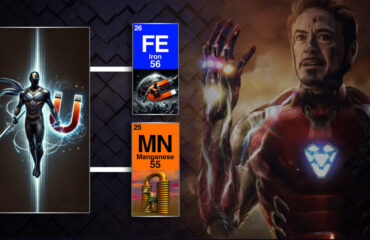
The Prison of Belief: Stockholm, 67 Holmium, and the Savior’s Spell
Humanity lives in a kind of spiritual and psychological prison—one not made of iron bars or concrete walls, but of inherited belief systems, deep emotional conditioning, and the repetition of stories so powerful they shape generations. At the heart of this global cell is “The Greatest Story Ever Told”: the tale of Jesus Christ, the Savior who offers eternal life in exchange for belief, loyalty, and submission. It is a story reinforced by 501(c)(3) tax-exempt churches, free to broadcast this doctrine without government interference, yet firmly integrated into the governing structure. It has become both sanctuary and system, salvation and sentence.
The story begins with a mystical origin: the Immaculate Conception—a phrase steeped in Latin sacredness and, interestingly, carrying a numerical value of 164 in Latin numerology. This number correlates directly to Holmium, element 67 on the periodic table, which has the average isotope of 164.930. It also syncs perfectly with the name Emmanuhel’s Numerology of 67 (Latin Version). this comes from the very FIRST time Jesus is mentioned in the Bible — Isaiah 7:14. Holmium 67, named after Holmia, the Latin name for Stockholm, Sweden, now becomes an esoteric key. The connection is not random—this is a cipher of human psychology and captivity.

Stockholm, of course, is where the term Stockholm Syndrome was born—a psychological condition in which victims form emotional bonds with their captors. When applied symbolically, humanity itself becomes the hostage, emotionally attached to the very figure—Jesus—who represents both savior and system. Through this lens, the mass defense of Jesus across centuries of crusades, wars, and tribulations is not just devotion, but a global manifestation of Stockholm Syndrome: loyalty to the story that claims to liberate, but only after death, and only through submission.
In this mythic framework, Jesus emerges as the divine captor cloaked in light—promising eternal life, but only through suffering, guilt, and unwavering allegiance. This system, upheld by the tax-exempt religious complex, renders the narrative sacred and unchallengeable. Yet buried in the numerology and isotopic code lies the hidden liberation: once we recognize the captivity, we are no longer tethered to its dualistic construct. The choice between light and dark—heaven or hell, savior or sinner—is a mechanism designed to keep us choosing, endlessly. But when we see both sides as reflections of the same controlling coin, the spell breaks. Only then can we step beyond the game entirely, and walk free.




🔥 TYLJAP